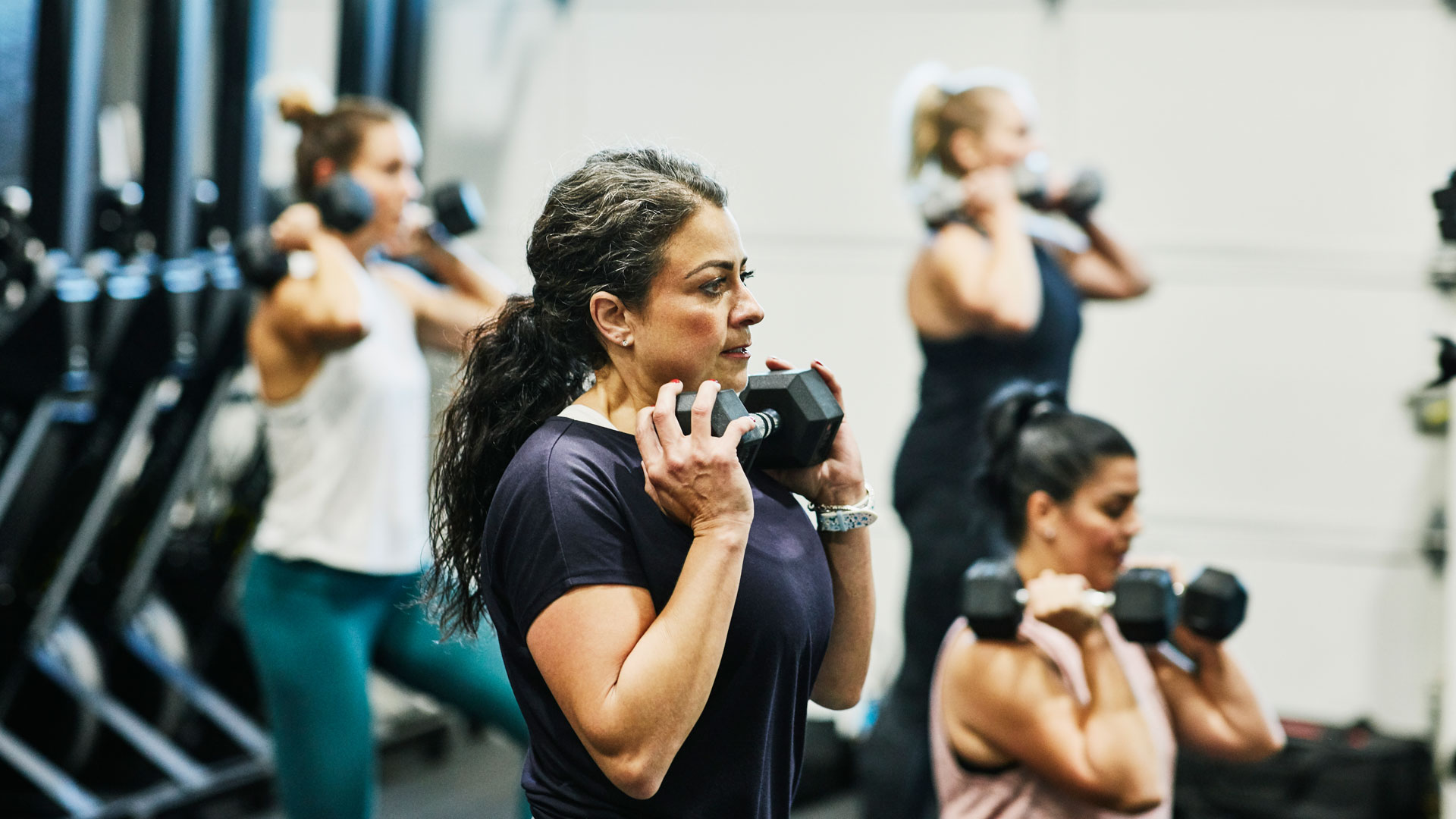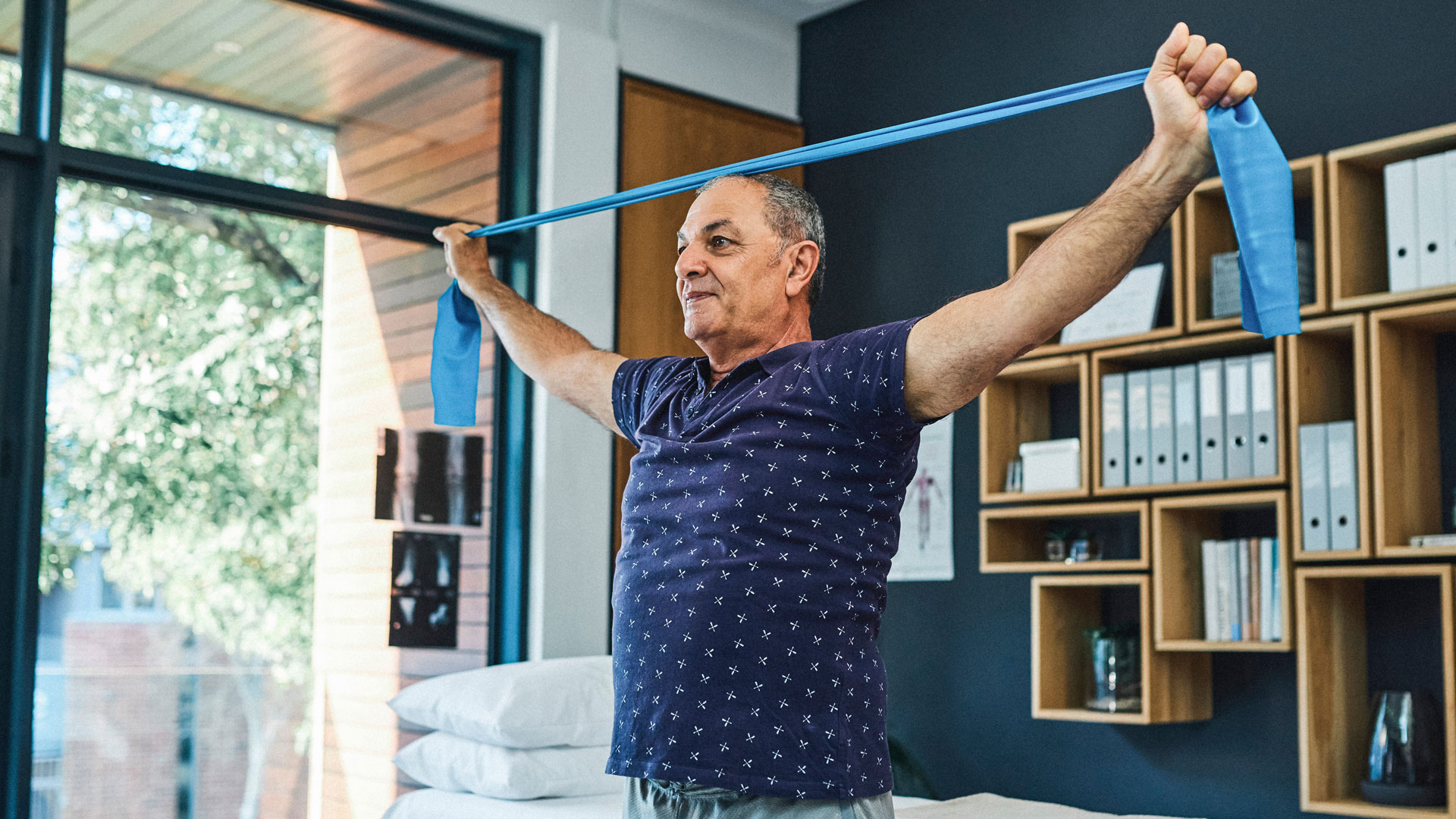Just 30 minutes of strength training each week is the secret to living longer, research finds
Adding strength training to your week could make a difference to how long you live, experts reveal


We all want to live longer, and while a healthy diet and factors like quitting smoking can help us turn back the clock, strength training has also been proven to decrease mortality rates.
Research has shown that adding just 30 to 60 minutes of strength training, which can be done with your own body weight or even the best resistance bands, into your workouts each week is associated with a drop in mortality rates by 10-17 percent in some people.
Whether you work out from home or join a gym, it’s never been easier to perform strength training - with interactive apps that can take you through a workout and the cost of gym equipment, such as the best kettlebells, becoming more affordable.
Lift weights for longevity
The new research looked at 16 different studies which all had the same criteria, how strength work activities were associated with the health outcomes, and namely the risk of developing certain diseases, of adults over 18.
The studies concentrated on participants who didn’t currently have any severe health conditions but did engage in 30 to 60 minutes of strength-related fitness every week. They looked at how muscle-strengthening activities were associated with a lower risk of some diseases such as heart disease, diabetes, and lung cancer.
The studies found that those who had a 10-17% lower risk of developing these diseases were already including strength training activities, such as walking, swimming, or even bodyweight exercises into their weekly workouts. Some participants were doing just 30 minutes of strength training exercises, which broken down over the week, could mean just 10 minutes over three days.

Exercise for all
If the thought of lifting heavyweights in the gym scares you rest assured strength training doesn’t have to be daunting. Just like with the best ab rollers, you can do strength training in the comfort of your own home.
Start your week with achievable workout ideas, health tips and wellbeing advice in your inbox.
Either invest in some small weights or use your own bodyweight to perform a series of exercises, such as bodyweight squats, power lunges or bear crawls. Using your own body weight can be just as effective as using weights, as long as enough reps are performed.
If you’re worried about an injury or joint mobility low impact strength training for 30 - 60 minutes a week can be a functional way to workout without using weights or pushing yourself too far. Swimming, walking and even short low impact workouts which include exercises like side planks and chair squats can strengthen your muscles and ultimately, help you live longer.
Sarah is a freelance journalist who writes about fitness and wellbeing for the BBC, Woman&Home and Tech Radar. During lockdown she found her love of running outside again and now attempts to run around 50 miles a month. When it comes to other fitness, she loves a sweaty cardio session – although since she’s been working out from home she’s sure her downstairs neighbors aren’t too happy about it. She also loves to challenge herself - and has signed up to do hiking holidays, intense bootcamps and last year she went on her dream activity holiday: paddle boarding around deserted islands in Croatia. On her rest days, she loves to recover with a simple yoga flow session – the perfect antidote to her active fitness schedule.
